A vacant brick building sits behind a chain-link fence directly west of the Campanile. Stone busts of football players adorn the top of the eastern wall, now being held up by steel support beams. The nearly 100-year-old West Gym is silent — a stark contrast to its rich and bustling history in the heart of campus.
Constructed in 1925, the building has stood tall through a second world war, devastating flooding in the state of Iowa, a global pandemic and countless cultural shifts that have impacted students of yesterday and today.
However, those years have finally come to a close as the Iowa Board of Regents voted in November to demolish the building. The West Gym was deemed unsuitable for occupancy in July and has since sat vacant.
The request approved by the Board of Regents lays out a humble future for the over 50,000 square foot plot of land — that the utilities and foundation will be removed and the basement filled with soil and seeded with grass.
While it is uncertain exactly when the building will be demolished or what the future may hold for that space on the west side of campus, President Mark Nook has stated that elements of the building will be preserved as a way to honor its central role in UNI’s history.
According to UNI Special Collections, the gymnasium was originally constructed to attract more men to the teaching profession following World War I. When built, the West Gym — at the time called the Men’s Gymnasium — was the second gymnasium on campus in addition to what is now the ITTC, at the time called the Women’s Gymnasium.
The Men’s Gymnasium would expand physical education and coaching curriculum, while also providing a new space for intercollegiate athletics.
Costing $250,000 to construct, the building opened in November of 1925 with a swathe of festivities including a turkey dinner for the football team, an address from University President Homer Seerley, performances by the College Band, a series of wrestling and boxing matches and a volleyball game.
In the years after, the gym was heavily utilized for athletic and social events.
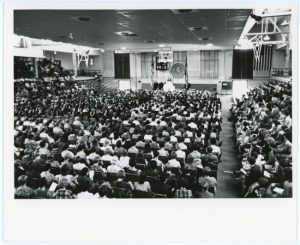
As described in a 1942 College Eye article, part of the West Gym was converted to quarters to house men enrolled in a new course for prospective liaison pilots during World War II. The university would provide 240 hours of ground instruction while the men lived in the gymnasium. After completing artillery and advanced flight training elsewhere, the pilots would eventually be tasked with a variety of unarmed flight missions over active battlefields, including medical evacuations, deliveries of supplies and mail or serving as air observers.
After the conclusion of World War II, the university faced an overwhelming influx of men returning from the war. As a result, during the 1946-47 school year, the West Gym housed 38 male students as three upstairs rooms were converted into dorms. While the living spaces may not have been up to par with the standard dorms, a 1946 College Eye article notes that, “You don’t hear any gripes from the fellows as most of them have seen a lot worse in the service and are happy being here going to school.”
It also hosted commencement and a series of indoor speakers and assemblies.
Among presenters over the years were anti-war activist Jerry Rubin, who visited in 1970. In recent years, the West Gym has echoed with the voices of many political figures. John McCain, Bernie Sanders, Barack Obama and Donald Trump are just a few of the politicians to draw crowds to campus.
The West Gym continued to serve as the main location for athletics until the UNI-Dome’s construction in 1976. In 1950, the Panthers won the NCAA Division II Wrestling Championship in the gym’s intimate atmosphere, built to hold only 2,100 fans.
In 1991, the United States Women’s National Volleyball Team made a stop in Cedar
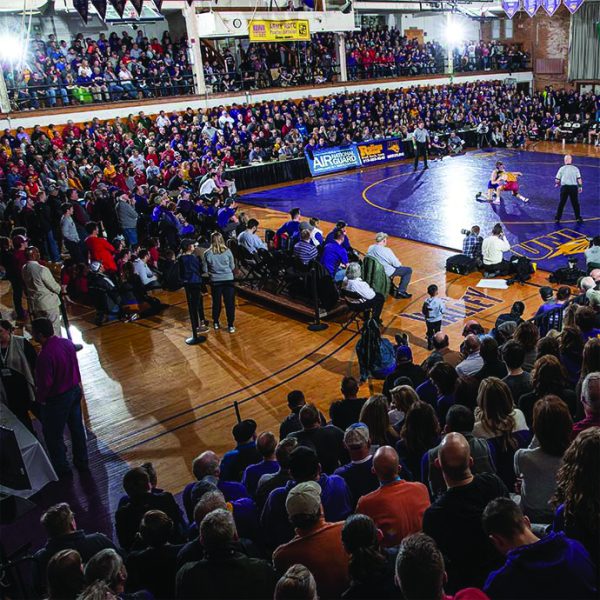
Falls on an exhibition tour where the team took on the Bulgarian National Team in the West Gym. The U.S. team would go on to earn a bronze medal at the 1992 Summer Olympics.
The Panthers’ own volleyball team also has a deep history in the West Gym. UNI carried a 74-match winning streak from 1997-2004 in the gym, the fourth-longest in the country. The final volleyball and women’s basketball games were played there in 2006 before the programs officially moved to the McLeod Center.
In a February 2006 Northern Iowan article, 2001-2004 women’s basketball player Amy Swisher remembered what it was like to play in the gym.
“The atmosphere in the West Gym was fun because the crowd was so close, and opponents hated playing there. It isn’t your typical college arena, but it worked for us and we enjoyed it,” she said.
Alongside the many victories celebrated within the walls of the West Gym, it has also served the community during troubled times. Following the floods of 1993, the building served as a temporary refuge for displaced citizens. The building served that same purpose following the floods of 2008.
The West Gym also served as the on-campus site for students to receive their first and second doses of the COVID-19 vaccine in spring of 2021.
While the building will never again house students or hold packed athletic events, its legacy lives on as a part of UNI’s history. Its essence was captured by former UNI head wrestling coach Brad Penrith in a 2006 Northern Iowan article: “The building is alive. You can walk through it and it is never quiet.”


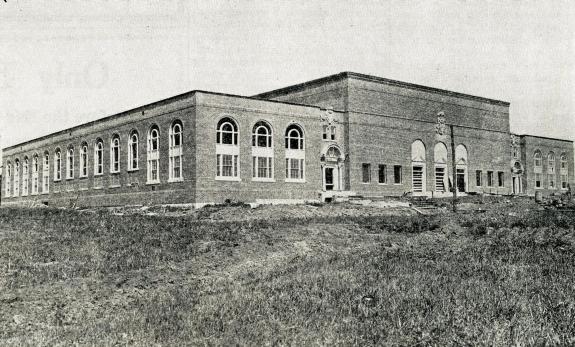





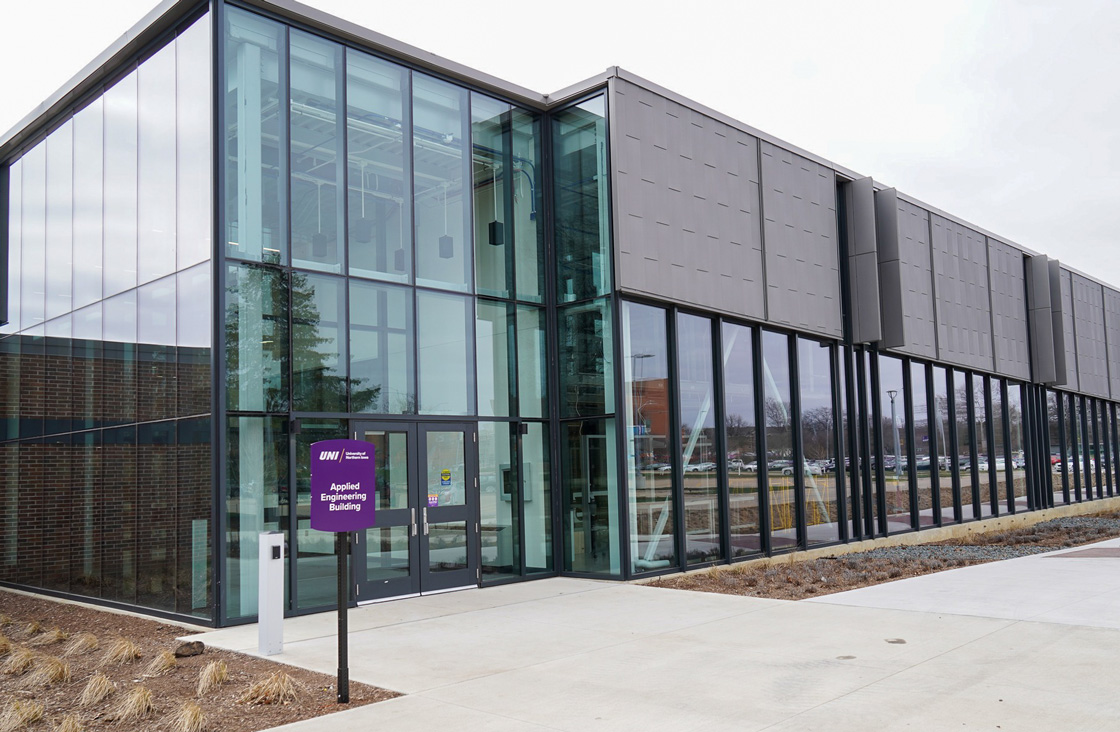






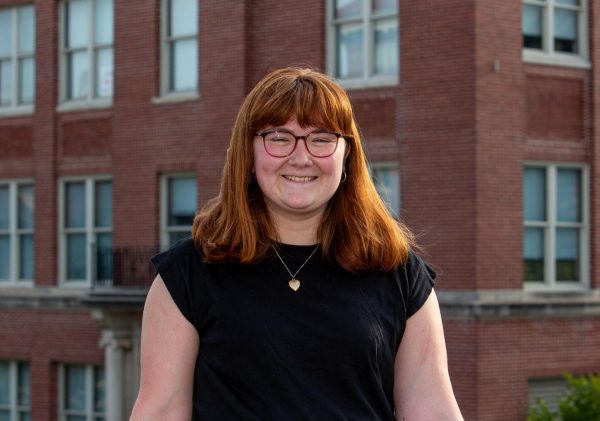
Pat Blank • Jan 28, 2024 at 2:52 pm
Thank you for this article, it is well written and well researched. I worked in the building next door, the Communication Arts Center for almost four decades and was witness to many events both sporting and otherwise that took place in the West Gym.
David Schick • Jan 27, 2024 at 5:38 pm
I’m a 2005 alum (BA Crim). Not only did I work out there with ROTC many times but my unit had its welcome home from Afghanistan there in May 2005. I know WST has had its day but I hope parts of it are given away as memorabilia. There was a time when pieces of UNIDome turf were given away when the University was going to replace it. It can be done.